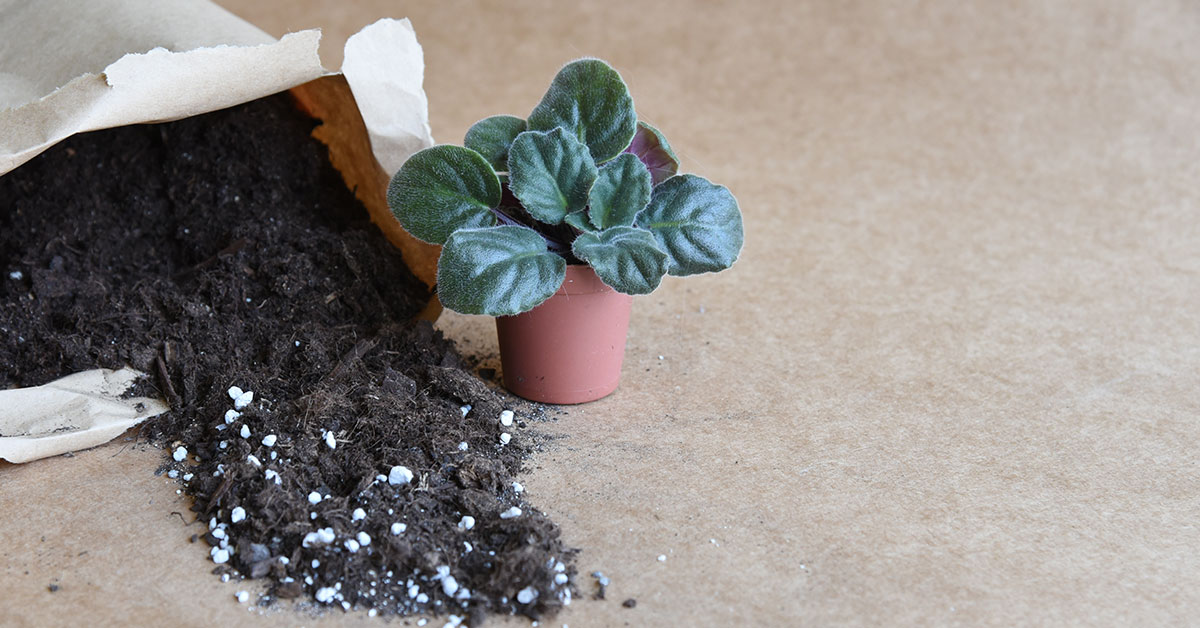I absolutely love African Violets. They’re such an easy houseplant to grow and they produce year-round blooms, which is especially nice in the winter when everything outside is dreary. Repotting is a crucial part of African Violet care that should be done regularly, about every 6 months or so. Repotting your African Violet can help keep the plant healthy, promote growth, and create a better environment for your beloved flower. This article will discuss when and how to repot an African Violet.
When to Repot an African Violet
When it comes to repotting African Violets, timing is key. The best time to repot your African Violet is typically at the beginning of the growing season, usually in the spring. This is when the plant will be emerging from its dormant period and is ready for repotting. If you repot too late in the growing season, it may cause the plant to go into shock, which can inhibit its growth.
Another thing to keep in mind is whether or not the plant has become root bound. If the roots of your African Violet are sticking out of the bottom of the pot, or the leaves look yellow or curled, it’s time to repot. In general, it’s time to repot your African violet if:
- Roots are coming out of the drainage holes.
- The soil is dry or crumbly.
- The plant is growing too big for its pot.
- The leaves are yellow or wilting.
- The plant is crowded with new growth.
- You haven’t repotted it in more than two years.
The Advantages of Repotting an African Violet
Repotting your African Violet is beneficial for a number of reasons. One of the main advantages of repotting is that it gives your plant more space to grow. Repotting also helps to replenish the soil, as old soil may contain minerals that your African Violet needs to thrive. Additionally, repotting allows you to prune the roots, which helps to direct energy to the flowering parts of the plant.
How to Repot an African Violet
Now that you know when and why to repot your African Violet, let’s discuss the steps of how to do it.
- Gently remove the plant from its pot. If the plant is root bound, you can use your hands to gently crush and loosen the root ball. You may need to use a butter knife or other tool to loosen the roots.
- Prune any root that looks damaged. Use pruning shears to trim off any dead or damaged roots.
- Prepare the new pot. If your African Violet is fully grown, you can repot it into the same pot, just with new soil. Place the new pot on a tray and add potting mix.
- Place the African Violet in the new pot. Make sure the plant is centered and the roots are covered with potting mix.
- Water the plant. Once the plant is in the new pot, water it thoroughly. Be careful not to get any water on its leaves.
- Place the pot in a location with bright, indirect light – ideally you should be placing your African Violet back in the same spot it was. Doing so will help prevent shock.
By following these steps, you can successfully repot your African Violet and keep it healthy for years to come. Repotting your African Violet is an important part of its care, so make sure to do it regularly and enjoy the beautiful bloom of your beloved flower.













